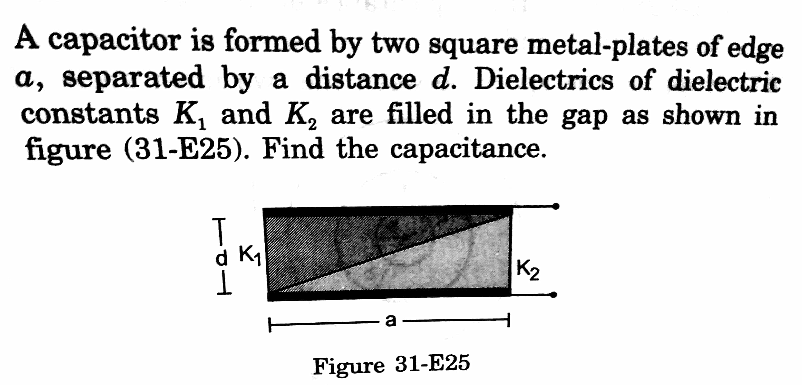
Question and Answers Forum
Question Number 34501 by rahul 19 last updated on 07/May/18

Commented by rahul 19 last updated on 07/May/18

Answered by tanmay.chaudhury50@gmail.com last updated on 07/May/18

Commented by rahul 19 last updated on 07/May/18

Commented by tanmay.chaudhury50@gmail.com last updated on 08/May/18

